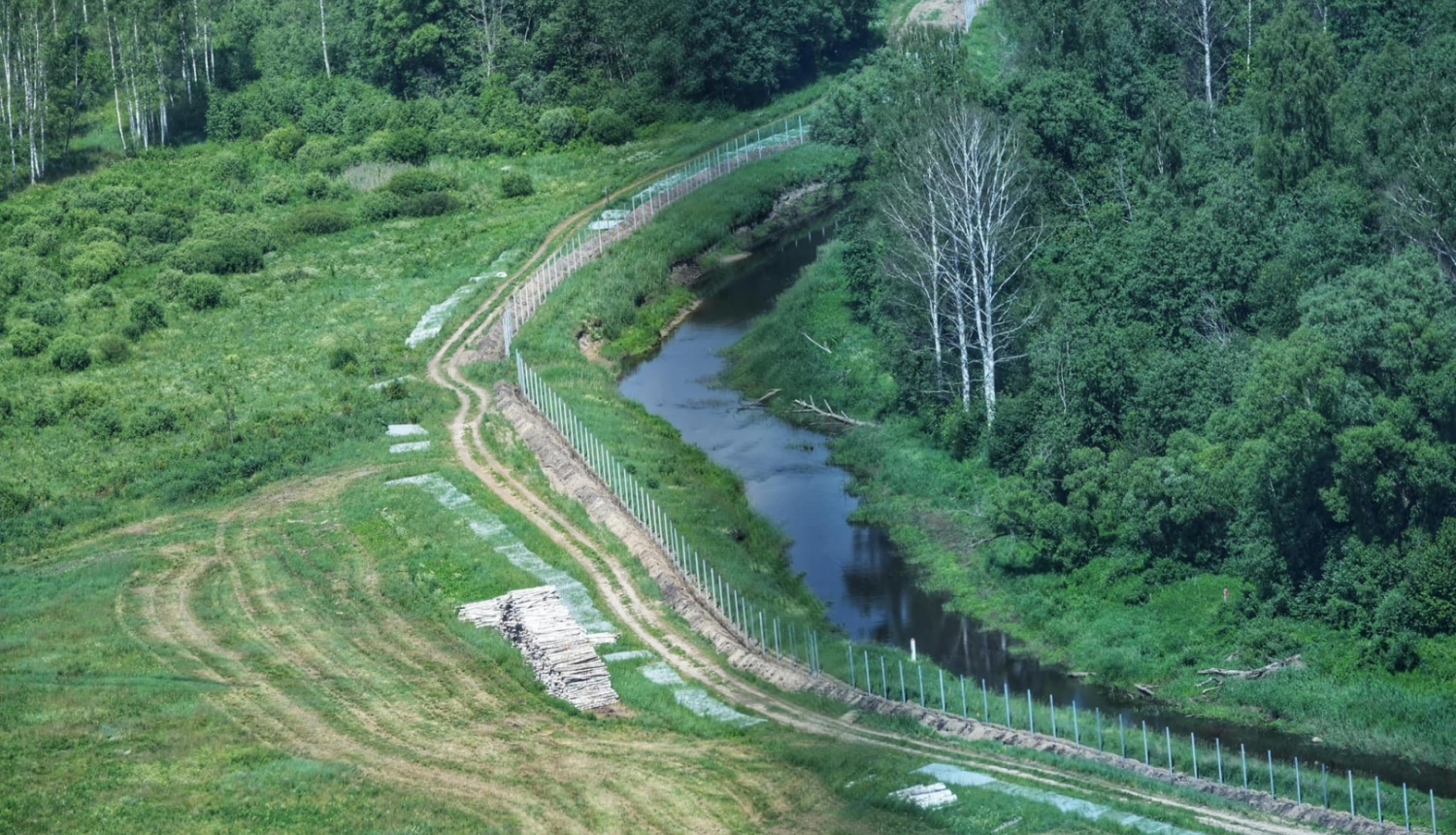On Tuesday, 25 June, the Cabinet of Ministers (CoM) approved the draft law “Amendments to the State Border Guard Law” for further consideration by the Saeima. The amendments provide for supplementing the State Border Guard Law with a delegation to the Cabinet of Ministers to issue regulations that will determine the procedure for the State Border Guard (SBG) to conduct surveillance using technical means, as well as the processing of data obtained as a result of such surveillance.
The amendments strengthen the capacity of the SBG to protect the integrity of the State border and public security, while respecting the requirements of personal data protection and ensuring that these activities are proportionate and lawful.
On 1 December 2020, the State Border Guard Law already entered into force, clarifying the tasks of the SBG for which surveillance equipment is used. Given that surveillance is, as mentioned above, not only relevant for border control, the amendments provide for a new comprehensive framework regulating surveillance of the SBG. The legal framework is in line with the contemporary situation and issues, and serves the continuous and efficient functioning of the SBG, while ensuring compliance with the legal requirements in the area of personal data protection.
The European Convention for the Protection of Human Rights and Fundamental Freedoms states that public authorities may not interfere with anyone’s right to privacy, except as provided for by law and as is necessary in a democratic society to protect the interests of national security and public safety. Similarly, the Regulation of the European Parliament and of the Council states that the main purpose of border surveillance is to prevent unauthorised border crossings, combat cross-border crime and take action against persons who have crossed the border illegally. At the same time, the Borders Code provides that surveillance may also be carried out by technical means, including electronic means.
The technical means for border surveillance are: presence detection systems; surveillance equipment; border surveillance management systems; navigation equipment; vehicles; vessels; aircraft.
The SBG also uses electronic communication networks and their equipment for border control and surveillance, for the maintenance of communication and exchange of information between the structural units of the SBG, border guard posts, individual officials and cooperation institutions, as well as for checking data on persons, land vehicles, documents in information systems (registers).
The recording of information obtained in the surveillance process is necessary not only for border control, but also for the performance of other tasks of the SBG, such as surveillance of the land territory, waters and airspace adjacent to the State border, as well as for the control of regulations on the entry, stay, employment, exit and transit of foreigners.
At the same time, the SBG needs to carry out surveillance of buildings, premises, objects and territories in its ownership or possession, to ensure their security and to prevent and detect criminal offences related to the protection of information systems and other property, including the detection of cases of fence damage, where it is necessary to identify both the case itself and the perpetrators of the activity in question, who are usually animals.
The surveillance is also necessary for establishing and investigating disciplinary offences, administrative offences and criminal offences, as well as for preventing the risk of corruption and smuggling.
Prepared by:
Ministry of the Interior
Communication Department



